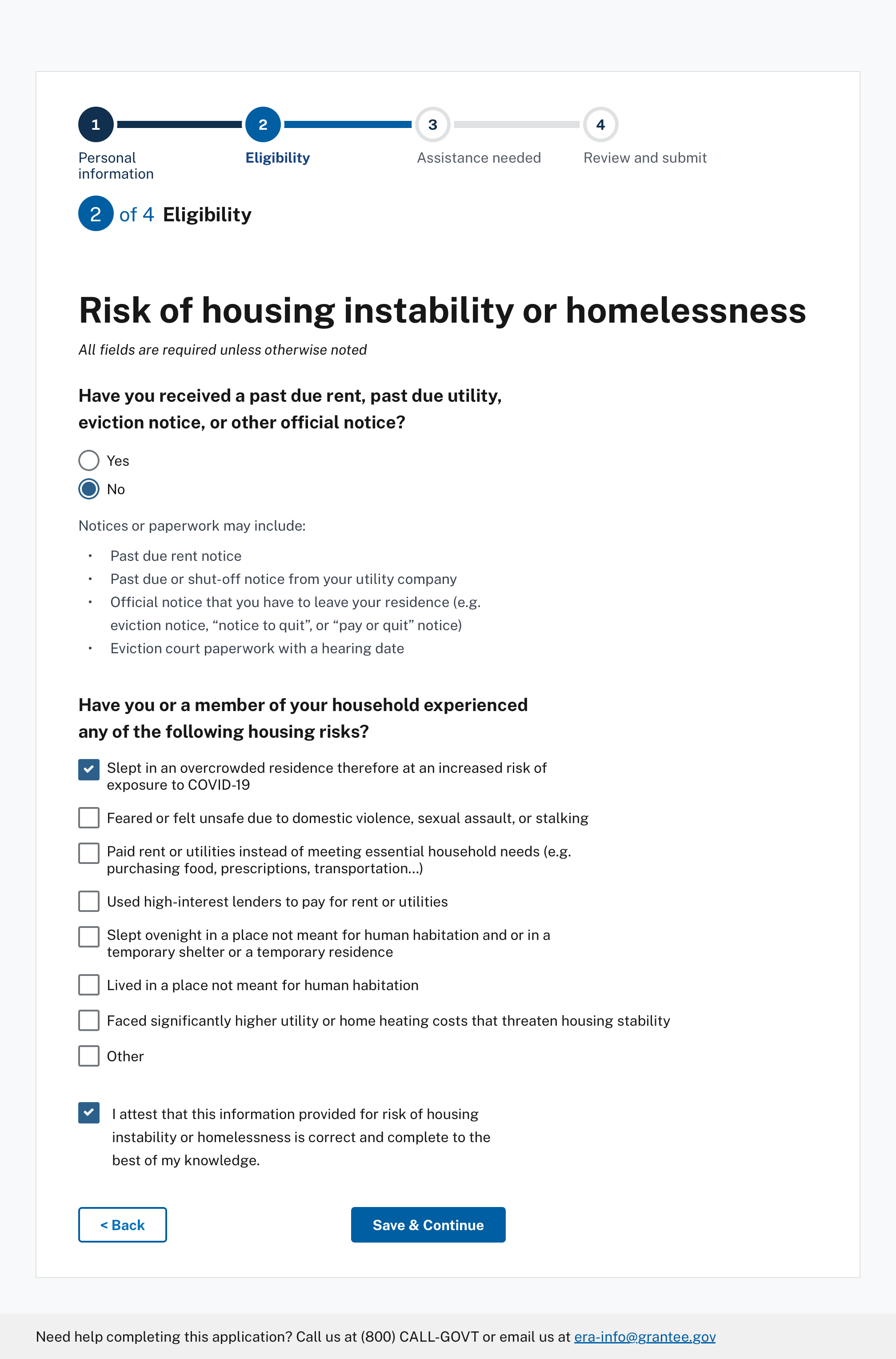Hidden homelessness refers to individuals or families who do not have a fixed, permanent place to live but are not visibly sleeping on the streets or in emergency shelters. Instead, they may be staying with friends or family, living in temporary accommodations such as motels, or constantly moving between different housing situations. Hidden homelessness can be difficult to track and address because these individuals are often not counted in official homelessness statistics.

What is an example of housing instability
Housing instability encompasses a number of challenges, such as having trouble paying rent, overcrowding, moving frequently, or spending the bulk of household income on housing.
Cached
What is residential instability
Residential instability refers to the high amount of residential turnover in disadvantaged neighborhoods and has been positively related to emotional distress including depression, anxiety, and hopelessness (Snedker and Herting, 2016).
What are the effects of housing instability
Whether it's difficulty paying rent, overcrowded living conditions, eviction, or homelessness, housing insecurity exposes individuals and families to increased stress and mental and physical health problems.
How is housing insecurity defined
Housing insecurity is the lack of security caused by high housing costs relative to income, poor housing quality, unstable neighborhoods, or overcrowding.
What is the ICD-10 code for housing instability
Z59.811
ICD-10 code Z59. 811 for Housing instability, housed, with risk of homelessness is a medical classification as listed by WHO under the range – Factors influencing health status and contact with health services .
How many people in the US have unstable housing
This amounts to an estimated 3.7 million people reporting a form of housing insecurity. Additionally, about 14 percent of respondents – or an estimated 7.7 million adults – were behind on rent.
What are the three types of instability
There are three major types of instability: anterior, posterior, and multidirectional.1) Anterior. Anterior instability occurs when the humeral head (e.g. the “ball” of the shoulder joint) translates forward.2) Posterior.3) Multidirectional.Learn more about hypermobility here.
What causes residential instability
At the household level, instability related to poverty, income and benefits changes, job loss, changes in family composition, family conflict, or physical and mental health can cause residential instability.
What is hidden homelessness
In their annual Homelessness Monitor publication, Crisis defines "hidden" homelessness as people who may be considered homeless but whose housing situation is not "visible" on the streets or in official statistics.
Why is housing stability important
Poor Childhood Development
Housing instability is also linked to issues that lead to detrimental effects on children's development. Children who constantly change homes due to housing instability are more likely to perform worse in school than other children from stable houses.
How do you measure housing insecurity
Unaffordability is the strongest standalone indicator of housing insecurity, but problems such as poor conditions, forced moves, and crowding contribute significant additional explanatory power for measuring overall housing insecurity.
Is housing insecurity the same as homelessness
By definition, homelessness (i.e., having no place to live, sleeping on the streets or in shelters) is the ultimate expression of housing insecurity.
What are the ICD-10 codes for housing problems
Z59.9
ICD-10 Code for Problem related to housing and economic circumstances, unspecified- Z59. 9- Codify by AAPC.
What is the ICD-10 code for stability issues
Unsteadiness on Feet ICD-10: R26.
R26 is the code for “Abnormalities of gait and mobility.” This particular code is not considered specific enough to be billable which is why we must look for the more specific codes. These codes include additional digits which provide further information about the patient's gait.
What state has the worst housing shortage
California
Story at a glance
California currently has the largest deficit of homes at 980,000.
What is an example of instability
Instability is the quality of not being stable, balanced, or predictable. If you've ever walked out onto a diving board, you've probably noticed its instability — meaning the board bends and bounces as you move.
What is the condition of instability
conditional instability An atmospheric condition in which otherwise stable air, on being forced to rise (e.g. over a mountain barrier), cools at a rate less than that at which the temperature drops with height in the surrounding air.
What is an unstable neighborhood
Unstable neighborhoods are those characterized by conditions such as poverty, crime, and lack of job opportunities.
What are the 4 types of homelessness
Within the homeless definition there are four categories of homelessness:Literally Homeless.Imminent Risk of Homelessness.Homeless Under Other Federal Statutes.Fleeing/Attempting to Flee Domestic Violence.
What are the 3 types of homelessness
Here is a breakdown of the four types of homelessness people face in the United States:Transitional Homelessness. There is a popular misconception that homelessness is a chronic condition.Episodic Homelessness.Chronic Homelessness.Hidden Homelessness.
What does a house need to be stable
The structural stability of the house usually refers to the strength and durability of the “skeleton” of that house. This skeleton includes all the walls, beams, pillars, rafters and foundations that perform the responsibility of weight bearing.
What makes a house stable
There are many different factors that contribute to the strength of your home, but when it comes down to it, there are three major aspects that will determine how well-built your new home is. Those three factors are the foundation, walls, and roofing material.
When determining your housing needs what factors should you consider
You should examine your income, savings (for a down payment and closing costs), and recurring debt to figure out how much house you can afford to buy. The 43% debt-to-income (DTI) ratio standard is a good guideline for being approved and being able to afford a mortgage loan.
What’s another word for housing insecurity
In recent years, the terms “unhoused,” “houseless,” and “housing insecurity” have gained popularity in public conversations about homelessness.
What is the ICD code for housing instability
Z59.81
ICD-10 Code for Housing instability, housed- Z59. 81- Codify by AAPC.
